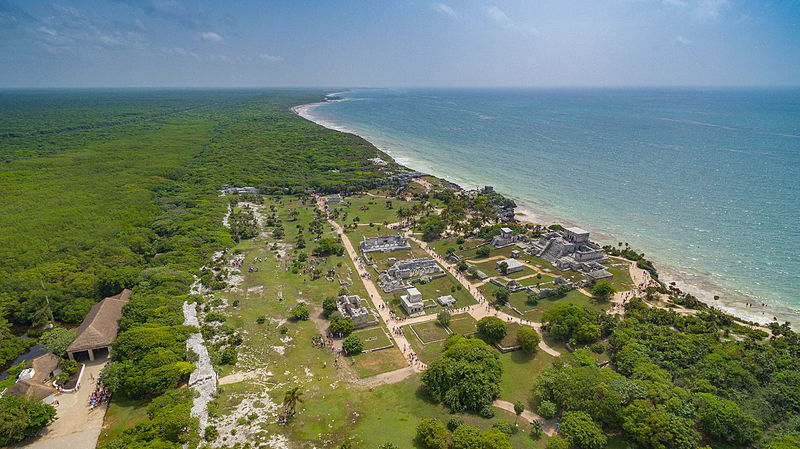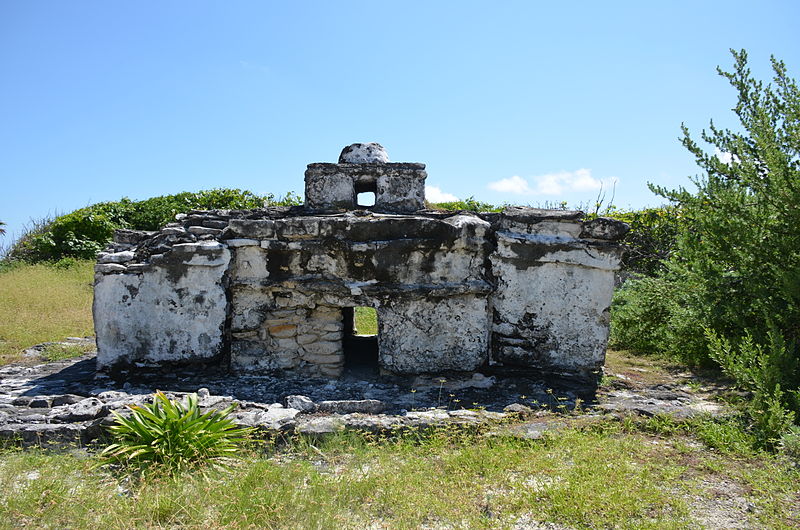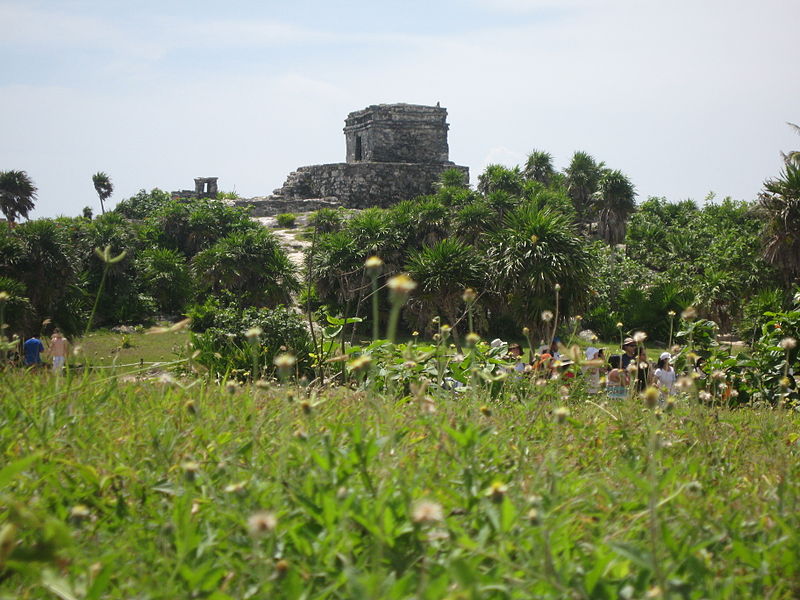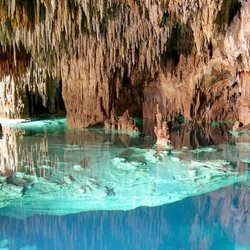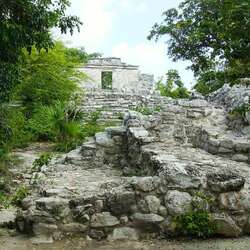Tulum
Tulum is the best preserved Maya city on the Yucatan Peninsula, built long before Columbus discovered America. Nowadays, the city is divided into 3 parts: historical, resort and the city itself, which has grown at the expense of tourists.
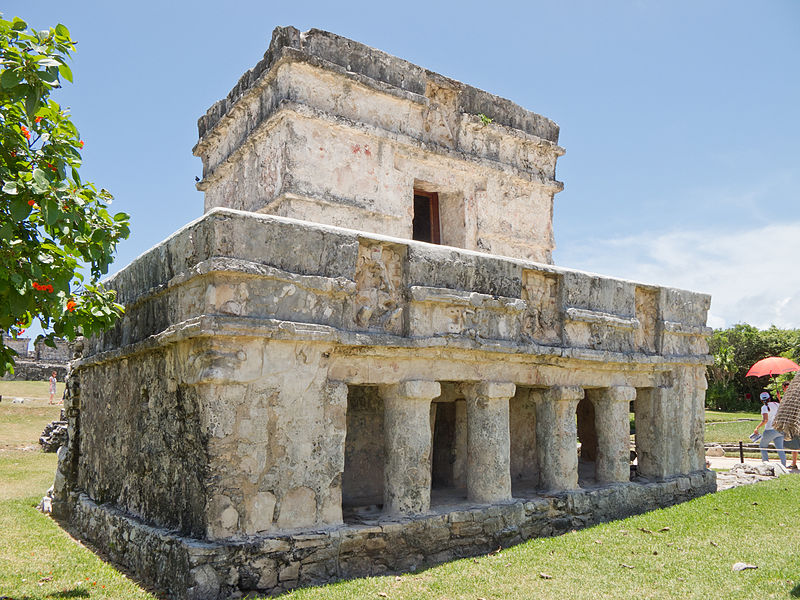
The ruins of the city are located on the picturesque shores of the Caribbean Sea. The height of the rocky shore reaches 12 meters. Initially, the city had the name "Sama", which translates as "city of dawn". Later, "Tulum" was assigned to him, which translates from the language of the local peoples as "Wall". Perhaps this name appeared because of the wall that protected the city from enemies. The walls were about 800 meters long, about 8 meters wide and about 4 meters high. The first mention of the city dates back to 1518, when they were visited by conquistador Juan Diaz. Later, the city fell into disrepair, and as early as 1843, American and British researchers described the ruins of an abandoned city. They made an accurate map of the city, and also discovered a stone stele with an inscription dated 564. Later, research proved that the main buildings were made in the 11th-13th centuries.
During its prosperity, the city was an important religious center, inhabited mainly by temple servants and rulers. Everyone else lived outside the protective walls. According to the numerous frescoes, it can be seen that the city was a place of worship for the "Descending God." The buildings in Tulum are typical of the buildings of the Maya civilization. The most interesting is the Frescoed Temple, in which you can see 2 galleries, statues, images of the "Descending God" on the facade of the building and inside. There is a building off the coast of Tulum called the Castillo (fortress). Its height is 7.5 meters and was most likely used as a lighthouse, showing the place where you can swim between the reefs. Below there is a bay with a good beach for mooring boats. Archaeological finds near the coast speak about the important role of the city for trade: gold products from all over the Yucatan Peninsula, objects made of copper and ceramics, ceramics, incense. Tulum's convenient location for trade routes allowed the city to develop when the rest of the Maya cities were in decline.
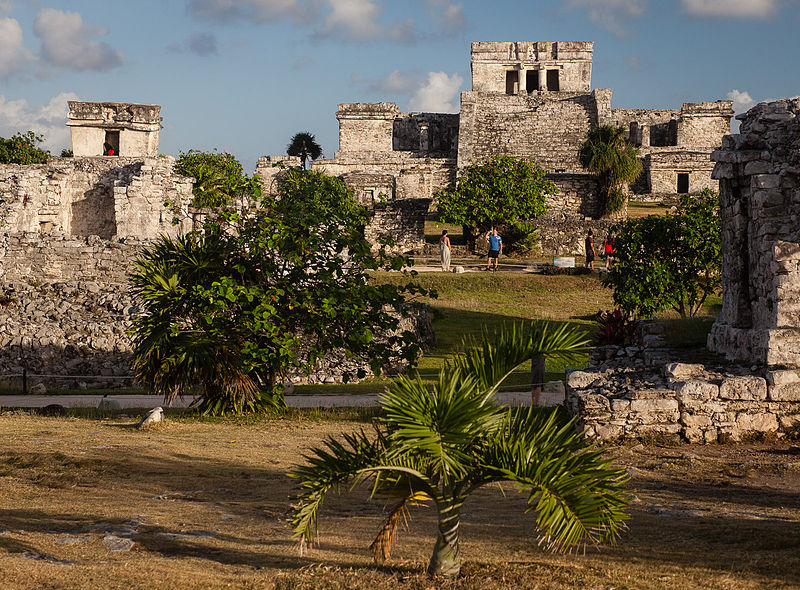
The proximity of the Caribbean Sea and tourist sites has made Tulum a very popular destination among tourists. Tourists are brought here and taken away hourly, this place is no less popular among divers, because there is an extensive network of underground rivers and cenotes of Sak Actun nearby.

